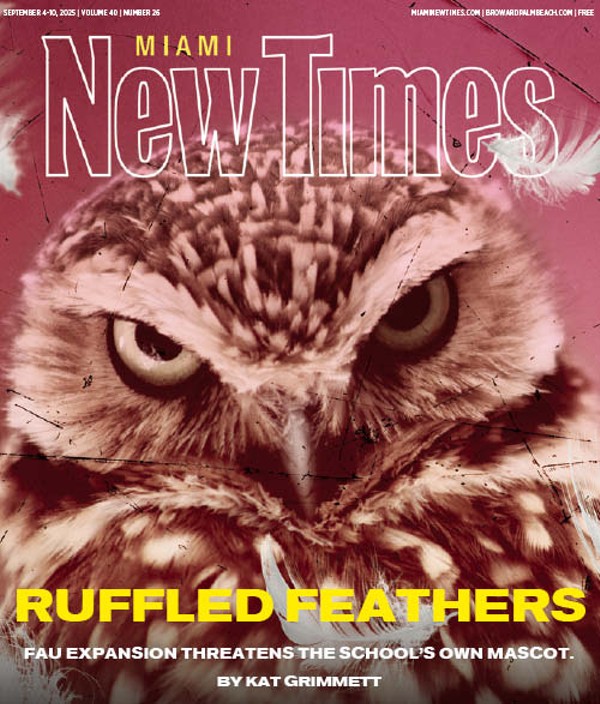But not all parrillada places are prohibited zones for noncarnivores, a phone call to two-year-old Angus Grill established; both pasta (a legacy of Argentina's many Italian immigrants) and fish entrées were available, and, more important for the ultrasensitive, the parrilla itself is out of sight (and smell).
Appetizers proved emphatically unnecessary not just in terms of quantity -- as is customary, it's all you can eat -- but in terms of variety, since a dozen-item Antipasto Angus plate, served before the beef barrage, is included in the meal's price. To my taste the winning item was a small serving of unaccountably tasty chickpeas, a judgment none of my party, regrettably, could confirm; unless I'm mistaken, I subtly scored every last little legume. But there was also some very good piquant salami, as well as mortadella, ham, and beef pepperoni; whole pickled onions, carrots, and garlic cloves; gherkins; olives; and white bean salad. Though my more experienced Latin friends insisted that some of their favorite parrillas in town feature hors d'oeuvres buffets with even more selections, this appetizer was a meal in itself.
But we pressed on to try other preliminary offerings, like Argentine empanadas. Every Latin American country has its own empanada, and in this town every Latin American bakery seems to have its own interpretation of each country's classic, so as to defining what makes an Argentine empanada different from a Venezuelan or Cuban one -- hey, no way I'm going there. Suffice to say that Angus's were wrapped in very light, flaky, melt-in-your-mouth dough (the texture and taste a striking, and puzzling, contrast to the pastry's appearance; don't let their distressingly dry and spartan look discourage you) and they didn't skimp on stuffing. Of the three available fillings, an unusually juicy and slightly tart pulled chicken was my favorite, but peppery minced beef was also good.
Provoleta, which is basically a grilled cheese sandwich without the bread, disappeared within seconds of hitting the table. Still a more mature imported cheese would've given the dish more authority. I also wish I'd saved some of the antipasto's gherkins and pickled onions to balance the dish's dairy richness -- or that Angus had garnished the provoleta with same.
On to the main event -- but not before an important explanation: Normal steak-house standards hold that only rubes ruin a good steak by ordering it more than medium-rare, but in parrillas, where the cooking is long and slow over embers, the default is well-done or at best medium meat. In fact a popular Argentine expression used when a person feels she or he has been psychologically sucker-punched, set up as a loser, translates as, "You serve me up rare!" While it's permissible to request a rare slice from the parrillero, this treatment is considered something one should not do to good buddies.
So it seemed fairest, for review purposes, to forgo my usual steak "cooking" instructions -- that it would be sufficient for the cow to jog briskly through the fire on its way to the table -- and instead go with the flow. Which was ample. Parrilladas, though mostly beef, traditionally consist of a huge variety of offerings -- meaning most of the steer, in one form or another. And Angus's nine-item version was a good representation, though omitting both the most costly customary cuts like lomo (filet) or ancho (rib eye) and the most, well, disgusting. Like ubre. You read it right: no udder. Whew.
Angus's assortment did, however, include sufficient "variety meats" (as they're euphemistically termed) for today's Extreme Eaters: challengingly chewy chinchulines (small intestines); some mighty macho-tough riñones (kidneys); crisp-outside but buttery-inside sweetbreads (calves' two-part thymus gland), which responded surprisingly well to grilling considering their super-soft delicacy; and morcilla (black sausage), a creepily colored sausage most kindly described as an acquired taste ... assuming you like pudding-textured warm blood clots, that is. I was the only eater at my table adventuresome enough to try the scary thing. The parrillada's other sausage, though, was a huge hit. Called chorizo, it was nothing like the red Spanish or softer Mexican chorizos sold in Latin markets here, but an absolutely addictive Argentine white sausage, only moderately spicy but very savory.
Entraña was the other item eliciting requests for repeats; parrillada portions are small so meat stays hot. As the Argentine saying goes, "Asado es un viaje de ida y vuelta"-- cookouts are journeys of coming and going. Not just coincidentally, in my opinion, this skirt steak was also the only one of the parrillada's three standard steak cuts that was still slightly pink rather than gray. All steaks were fabulously wood-fire flavored, but the medium-cooked entraña was far juicier than tira de asado, usually translated as short ribs but actually a unique short, cross-cut, bone-in rib chunk. A chicken leg was also overcooked dry. The fabulously garlicky chimichurri sauce added moisture and aided everything.
Of the nonmeat entrées, neither salmon nor dolphin, disappointingly, had any discernible wood-fire taste, despite the menu's claim that they were grilled; but then neither had the common grilled-fish fault of dryness. Ricotta/spinach-filled ravioli had a well-spiced stuffing if overly thick shells; penne Alfredo was satisfyingly rich and almost al dente enough; and ñoquis caseros (homemade gnocchi), the best pasta offering, were nice and tender. Pastas are customizable with choice of sauce: Bolognese, pesto, red, white, or pink. Think pink; the red's fresh acidity cuts the white's richness.
Since no vegetables except potatoes -- bland, institutional-tasting mashed ones or just barely better (due to some garlic kick) fries -- accompany main dishes, you have to order sides. Best were very reasonably priced orders of either onions or red peppers, grilled on the parilla. Over a dozen years ago I read a piece by a famous Italian cookbook writer about her family's vegetable-heavy, campfire-cooked picnics in a public park; she described how all the All-American families grilling burgers or even expensive steaks would inevitably, because of the indescribably irresistible allure of salt-and-oil-brushed grilled veggies, end up circled, salivating, around her family's fire. Angus's simple, seductive veggies prove the piece. Orders are generous, but get many. They won't go to waste, and were much more appealing than the salads we tried: an okay but unexciting and over-vinegared spinach/mushroom ensalada Stephania; an even more boring lettuce/tomato/onion ensalada mixta; or typical ensalada Rusa, a mix of potatoes, carrots, peas, parsley, and mayonnaise that was tasty but hardly a hit of health, especially since this "Russian" salad's customary fresh apple bits were absent.
Dessert at typical parrillada meals is an afterthought -- fresh fruit maybe. But I was tempted by Angus's specialty, panqueque de dulce de manzana quemado al rhum, a huge dulce de leche-garnished apple pancake drenched liberally in rum and served flaming. One order proved more than a match for five diners, especially since the flames extinguished before a good deal of the booze was burned off. Formidable but festive -- fittingly, since at parrilladas partying is as much a specialty as steak. The weekdays I visited were subdued, but Saturdays, staff said, comes a band and a crowd that parties as hearty as it eats. "Sometimes," our waitress promised, "we don't even bother closing."












